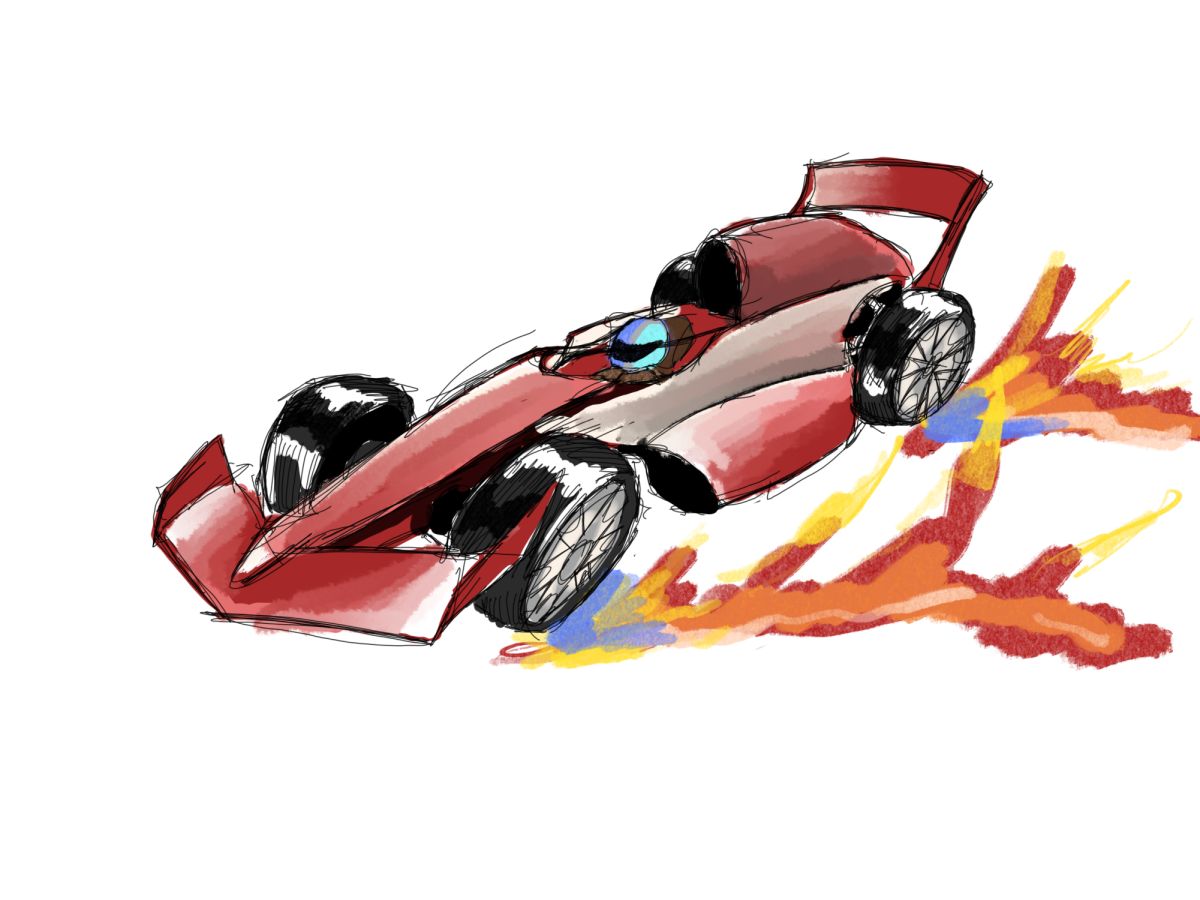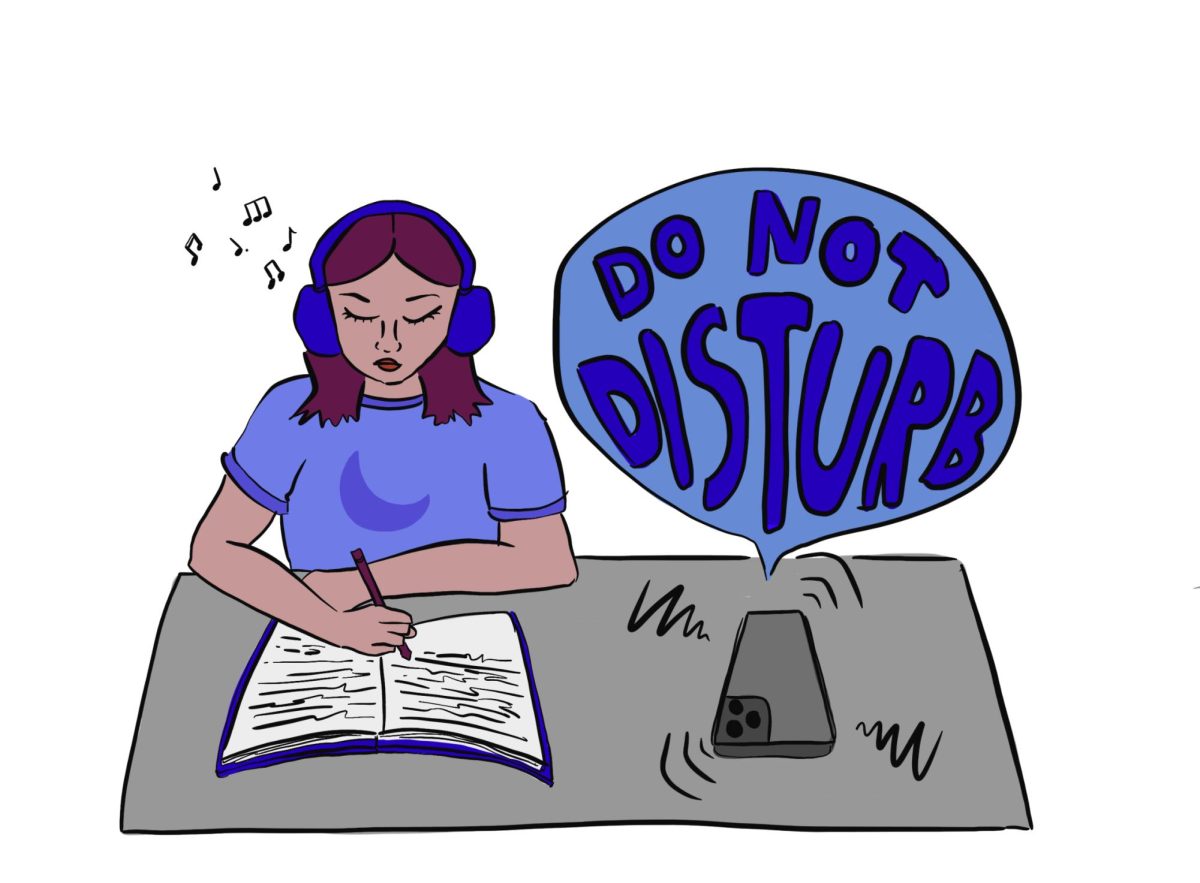Mechanical behemoths fly by, swaying you side to side in the backwash of their massive wings. Engines roar and tires squeal, as teams and drivers compete to be number one. Strategies strike, grip wears, gasoline burns, all in the majestic dance of Formula One.
Car racing has been around since the invention of the first automobile, with the need for speed and desire to outdrive opponents fueling the competitions. Recently, the movie “Gran Turismo” has brought attention back to the world of speed. Racing is innovation and teamwork, speed and consistency, adrenaline and skill. Racing is incredible.
Racing, at its core, is a team competition, a collaborative effort between engineers and drivers. No good driver succeeds without a good team, and no good team succeeds without a good driver. One example would be Fernando Alonso, one of the best drivers in history, who won the F1 championship with Renault in 2005 and 2006, and then placed 15th with Mclaren in 2017. His Mclaren season was riddled with mechanical failures, and the team was significantly slower than others around them, while Renault was a superpower in 2005, giving Fernando his first win. Fernando couldn’t do it without the team, and the team couldn’t do it without Fernando.
So what is Formula One? Formula One is the pinnacle of open wheel racing. Open wheel refers to the body of the cars which have wheels that are exposed to the air. Formula One cars are the fastest open wheel cars, and the most coveted racing seats in open wheel racing. It attracts the best in every field: technological geniuses who design mind blowing parts and systems, statisticians who run simulations in order to determine the strategy for the race and so many other brilliant people.
That’s the other important bit: strategy. A car with less fuel will be lighter and therefore faster, but you also run the risk of running out of fuel. A harder tyre compound (tougher) will last longer than a softer compound (stickier), but it won’t be as fast. When should you come in for pit stops? Is there going to be a safety car (a car that comes out to slow down the F1 cars so that they can clean up incidents on the track)? And none of that includes setup decisions or balancing the car. The car’s balance refers to how it performs through corners on the track, whether it tends towards understeer or oversteer (there’s a great top gear representation of what under and oversteer are, just search “The difference between understeer and oversteer” on Youtube). Strategy also includes how hard the driver pushes (how fast they go) because pushing too hard early on will wear down your tires, and worn tires are slipperier and slower.
All of these factors come together to make F1 the perfect symphony of gasoline burning engines. Every lap is new, the cars getting closer, farther apart, different drivers pacing themselves for their selected strategies. Overtake after overtake, every driver and team trying to get the most out of the car they designed. Teams and drivers merge into one streak of performance and joy, pain and annoyance, frustration and success. With more ups and downs than Zandvoort (a very hilly track), F1 will always entertain if you take the time to learn it. It’s a sport that connects generations, cultures, people, and teams. All in the name of speed.







